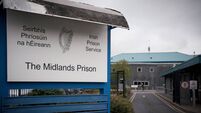Washing away years of bad practice
The theme of their meeting hospital hygiene was worthy. The timing of the gathering when fears about MRSA and the other superbugs plaguing hospital patients were running high was appropriate.
But the conclusion that people working, receiving treatment or visiting hospitals should wash their hands was alarming.













